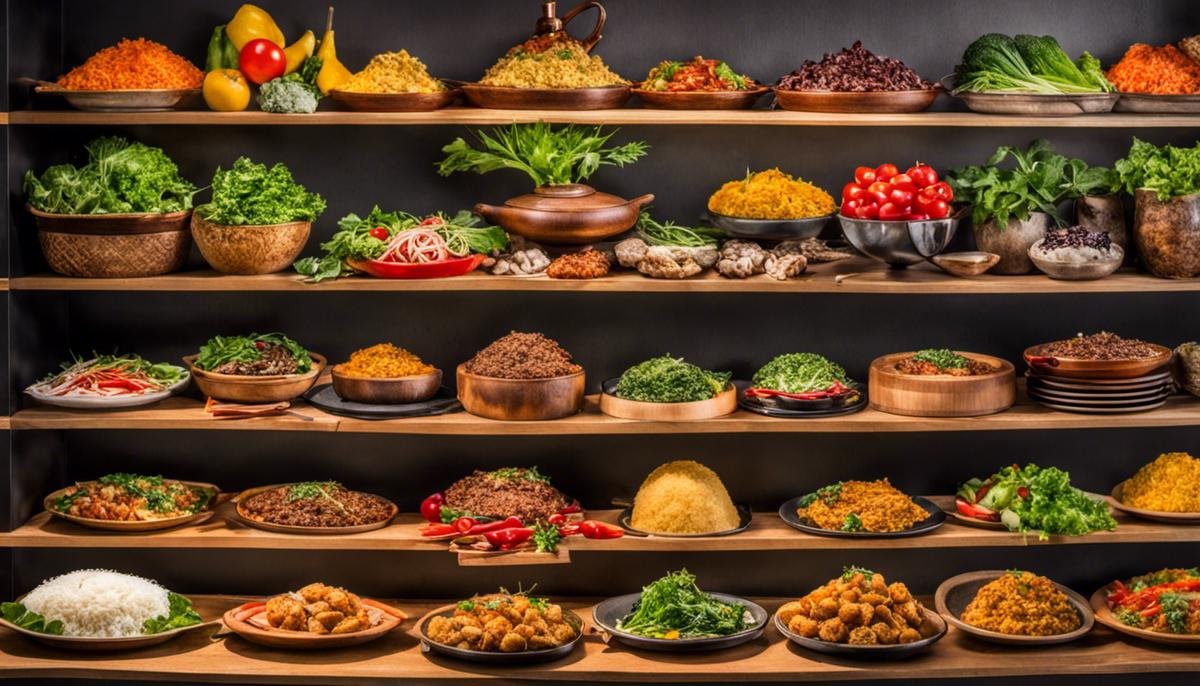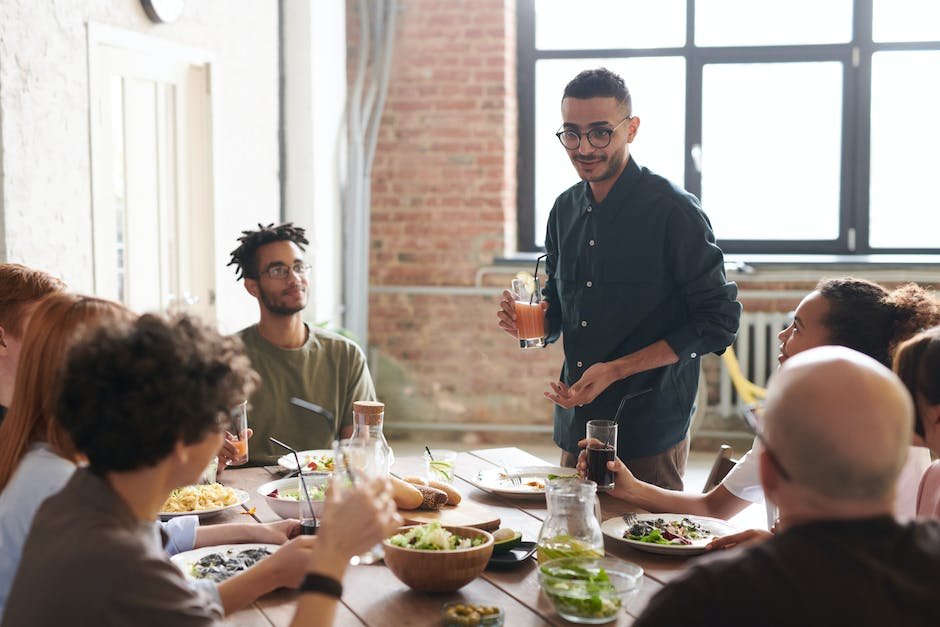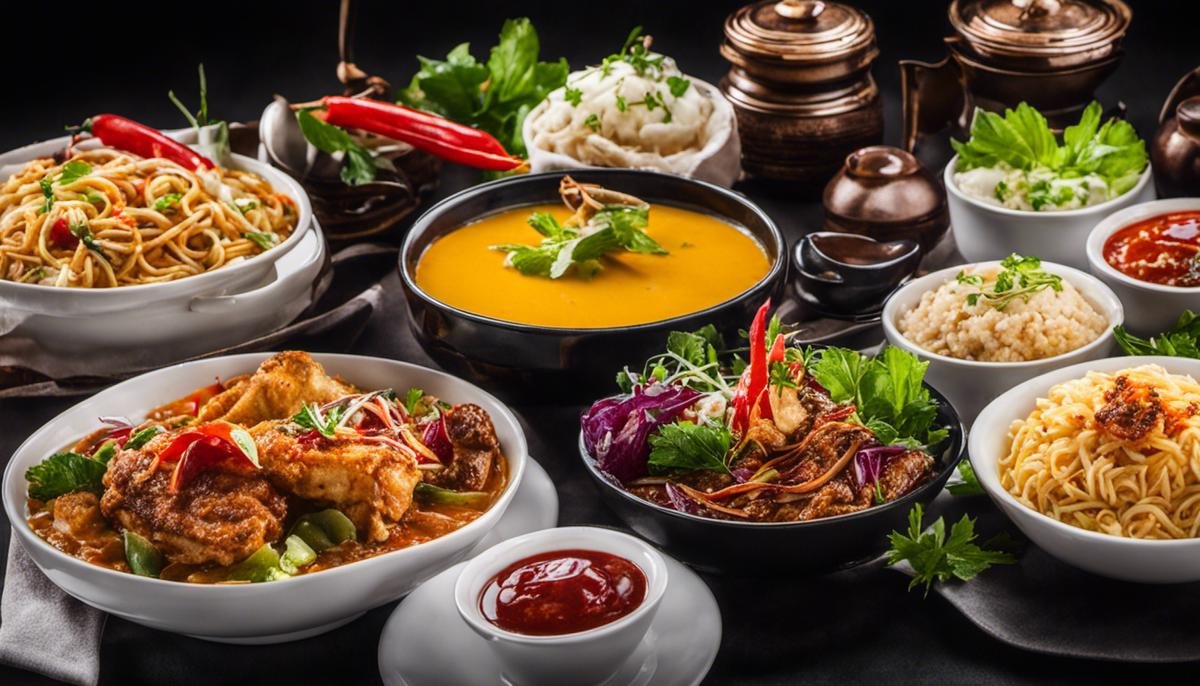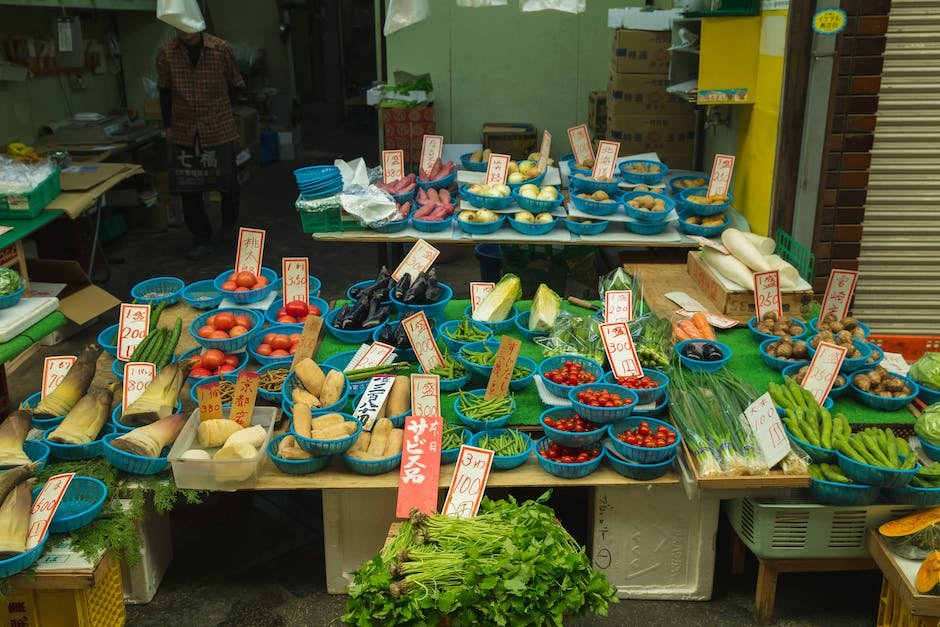Embracing the world as a solo traveler is a rewarding and transformative experience, and a significant part of the adventure lies in exploring the rich tapestry of global cuisine. The intersection of food and culture provides compelling insights into the stories, customs, and identity of a place. In this exploration, we delve into the dynamics of understanding food culture worldwide, from the significance of local ingredients and traditional meals to their cultural implications. We’ll additionally uncover how solo travelers can immerse themselves in various culinary landscapes and cultivate relationships with local communities.
Understanding the Food Culture
Understanding the Food Culture
Food, in its broadest sense, is a universal language spoken and understood by all. It is far more than mere sustenance; it is a resilient vessel of history, identity, and culture. Each region, city, and even household around the world has a unique relationship with food, weaving an intricate culinary tale that varies from place to place.
Significance of traditional dishes can’t be understated as they serve as a tangible connection to history. Ancient recipes travel through generations, maintaining the flavor of the past intact. For instance, dishes like the Moroccan Couscous and Japanese Sushi present a delectable reflection of their respective socio-cultural environments and history.
Similarly, local ingredients form the core of any traditional cuisine. Just as Mexican food is unimaginable without corn or Italian cuisine without pasta and tomatoes, every regional food culture has its unique set of ingredients that define its flavor palette. These ingredients often hold deep cultural and historical importance.
Food customs play a crucial role in understanding local cultures. In Spain, locals prefer late dinners, while the Swiss enjoy a hearty breakfast. These customs often give insight into the local way of life and their philosophy.
The Joy of Discovering Local Cuisine as a Solo Traveler
One of the most thrilling aspects of solo travel is diving into the local food scene. The communal nature of food, with its authentic flavors and shared experiences, offers solo travelers an avenue to truly immerse themselves in a new culture. Whether dining in a local eatery or exploring a vibrant farmer’s market, these culinary excursions can often lead to genuine interactions and a sense of inclusion.
By participating in activities such as cooking classes or food tours, solo travelers get the chance to gain insight into the gastronomic customs of their surroundings. This not only allows them to identify essential ingredients, but it also widens their understanding of cooking methods and the broader cultural context. Every dish tasted, every chef’s tale heard, and every traditional meal shared helps create unforgettable memories and form connections.
Engaging with the local food scene also paves the way for meaningful relationships. The simple act of sharing a meal can indeed transcend any cultural or linguistic barriers. An openness towards trying local dishes and understanding food traditions can stimulate engaging dialogues and foster unique bonds with the local population.
Communal dining experiences or food festivals are yet another way to uncover local gastronomy while bonding with the community. These lively events, celebrating food and culture, attract not only travelers but also locals, further encouraging intermingling.
In conclusion, every dish tells a story. Food stands as a symbol of generosity, hospitality, and tradition. A solo traveler exploring the food culture of a region doesn’t solely get to enjoy new, exciting flavors but also experiences the locals’ way of life, their customs, their history, and their love for their homeland.

Solo Dining Experiences
Embracing the Empowering Adventure of Solo Dining
Solo dining as a part of your travel journey brings its own adventure and gratifying experience. It enables you the freedom to seize control over your dining itinerary without considering the preferences or dietary constraints of a fellow diner. This autonomy that solo dining brings empowers you to fully immerse yourself in the culinary experiences, making your solo travel adventure remarkably fulfilling and enlightening.
Choosing the Right Place
Choosing the best place to eat can greatly enhance your solo dining experience. While traveling, opt for restaurants and cafes off the beaten track, as they often provide a more genuine and less crowded dining atmosphere. Websites and apps like Yelp, TripAdvisor, or Google Reviews can be valuable resources for finding local gems.
Experiencing Local Street Food
Solo dining also provides the opportunity to savor local street food. Exploring food markets, street vendors, and food trucks not only exposes you to the region’s most authentic fare, it can also be a cost-effective alternative to dining at more expensive restaurants. Always ensure to observe the hygiene and cleanliness of the vendor to avoid any possible foodborne illnesses.
Participating in Food Tours
In some cities, food tours are becoming a popular way of combining sightseeing with culinary exploration. These can be an excellent opportunity to try a variety of local foods, learn about the area’s culinary history, and meet fellow food-loving travelers.
Engaging with Fellow Diners
Solo dining doesn’t mean you’ll be alone. If comfortable, strike up a conversation with fellow diners or the wait staff. They can provide you with local recommendations and you might even forge new friendships. If you prefer a quieter dining experience, bringing along a book or journal can make the experience more enjoyable.
Overcoming Challenges
There can be challenges to dining alone. Social stigma may make some feel uncomfortable eating by themselves, and it can feel awkward to occupy a table meant for two or more. However, you can counter these by seeing solo dining as a time for self-reflection and food exploration, and drawing confidence from your independence.
Embracing the Benefits
There are numerous benefits to dining solo. You can indulge in your food preferences, dine at your own pace, and try out different cuisines without having to worry about others’ tastes. Dining alone offers a unique opportunity to experience the cultural nuances that are deeply connected with food, understanding the local food scene and adding depth to your travel experience.
Remember, part of the joy in traveling solo lies in personally embracing unique experiences, including diverse food cultures. Food is not only a fundamental aspect of travel, but it also gives you a deeper insight into a region’s customs and people. The immense pleasure derived from savoring local dishes alone can immensely enrich your overall travel experience.

Regional Food Specialties and Where to Find Them
Embarking on a Culinary Journey: New York City
Considered America’s Melting Pot, New York City is a veritable paradise for food aficionados. A visit isn’t complete without a trip to the Vendy award-winning street cart, ‘The Halal Guys.’ Renowned for their flavor-packed chicken and rice platters complemented by their signature white sauce, this street food haven is a must. Experience an authentic slice of the Big Apple at Katz’s Delicatessen, coveted for their sumptuous pastrami and corned beef sandwiches. And, of course, immerse yourself in the city’s vibrant pizza culture – ‘John’s of Bleecker Street’ boasts some of the most delectable slices you’ll find. Embarking upon this food journey solo will allow you to truly savor every bite.
Deep Dish Pleasure: Chicago’s Signature Dish
Chicago takes its pizza seriously, so make sure to experience Chicago-style deep-dish pizza while solo traveling in the Windy City. You can find this at various places around the city, like the infamous Lou Malnati’s, Pizzeria Uno, or Giordano’s. Besides pizza, Chicago is also famous for its Italian Beef Sandwiches, which consist of thinly-sliced seasoned roast beef, saturated with meaty juices on a dense, long Italian-style roll, available at spots such as Al’s Beef or Mr. Beef on Orleans.
Seafood Galore: Maine’s Ultimate Lobster Experience
Maine is synonymous with the best lobsters in the United States, and a solo traveler’s trip there would be incomplete without trying some. The Clam Shack is an ultra-popular place in Kennebunkport that serves some of the freshest, sweetest lobster in the state. For a fine dining experience, the Eventide Oyster Co. in Portland is a must-visit. They offer a taste of their famous brown butter lobster rolls which are truly one-of-a-kind.
The Authentic Tex-Mex Flavors: Texas
Texas is the hearth of Tex-Mex cuisine, a fusion of American and Mexican food, where travelers can indulge in dishes that are prepared using traditional Mexican methods. San Antonio’s La Fonda on Main serves some of the most authentic Tex-Mex dishes in the state, including delicious tacos, enchiladas, and tamales. Do not miss out on Texas barbecue either. Cities like Austin are famous for barbecue eateries, notably Franklin Barbecue, that draw large crowds daily with their smoked meats.
Cajun and Creole Cuisine: Louisiana
New Orleans, Louisiana, is a culinary paradise for solo travelers fascinated with Creole and Cajun cuisine. From fresh seafood to spicy sauces and aromatic seasonings, New Orleans cooking boasts unique flavors that reflect its multicultural history. Dooky Chase’s Restaurant serves classic Creole dishes like gumbo and jambalaya along with a side of cultural history. For a casual dining experience with traditional Cajun dishes, one should visit Cochon Restaurant in the Warehouse district.
Sampling the Unique Delights of Hawaii
Embarking on a culinary journey in Hawaii introduces one to gastronomic treasures that delight and satisfy. For instance, the signature ‘poke’, a palate-wingling marinated fish salad enriched with soy and sesame, is a staple at Ono Seafood and Maguro Brothers located in Honolulu. Traditional Luau feasts, a name synonymous with the region’s culinary panorama, are not to be missed, and can be savored at establishments such as Ka Moana Luau in Oahu. And of course, any food exploration in Hawaii is incomplete without indulging in a ‘loco moco’- a comforting dish layered with white rice, hamburger patty, fried egg, and a drizzling of brown gravy, best enjoyed at the Rainbow Drive-in.

Healthy Eating While Traveling Solo
Navigating Solo Travel: A Culinary Perspective
Solo travel, while being an adventure of self-discovery and independence, often poses dietary challenges. The shift from familiar domestic meals to exploring variety of unfamiliar foods can disrupt dietary routines. Striking a balance between maintaining healthy dietary habits and indulging in new culinary experiences can be challenging during solo travel. This becomes even more intricate if you have dietary restrictions or preferences that may not be accommodated easily in your travel destination. Keeping these in mind while planning for solo travel is integral.
Importance of Healthy Eating During Travel
Firstly, it’s crucial to grasp why maintaining a balanced diet while traveling is important. The nutritional choices you make directly affect your energy levels and immune system function, both of which are critical when traveling. Poor food choices can leave you feeling lethargic and more susceptible to illness, impairing your ability to fully enjoy your trip. A balanced diet contributes to a successful travel experience by allowing you to engage in activities with vitality while mitigating the risk of ill-health.
Embracing New Cuisines
Travel is synonymous with the chance to try new flavors and cuisines, and eating local food is an essential part of experiencing a new culture. While new foods can be intriguing, it’s essential to balance indulgence with nutritional considerations. Research local dishes and identify ones that align with your nutritional needs. Use translation apps to decipher foreign menus or communicate any dietary requirements to restaurant staff. At street food stalls, observe how the food is prepared to gauge its freshness and hygiene level.
Dealing with Dietary Restrictions or Preferences
If you have specific dietary restrictions or preferences such as veganism, gluten intolerance, or allergy to certain foods, planning becomes even more important. Researching restaurants and eateries that cater to your specific diet in advance will save you from potential discomfort and health issues. Carrying snacks that meet your dietary requirement is a practical way to ensure you always have something safe and nutritious to eat.
Hydration and Food Safety
Staying hydrated is just as significant as eating balanced meals. Carry a reusable water bottle with you at all times and refill it at trusted sources. Dehydration can cause headaches, fatigue, and reduced concentration, which can hinder your travel experience.
Food safety is another critical aspect of eating while traveling. Uncooked or undercooked food, and food that hasn’t been stored properly, could lead to food poisoning. Ensure food has been cooked well and hot foods are served hot. Avoid eating raw fruits and vegetables unless you can peel them yourself.
So while the prospect of maintaining healthy eating habits during solo travel might seem daunting, it can certainly be managed with a bit of conscious decision-making, planning and adaptability. These habits not only ensure a smoother travel experience, but also contribute to your overall health in the long term.

Indeed, food is an influential and symbolic communication tool that transcends language barriers and fosters genuine cultural exchange. As we navigate the intricacies of solo travel, let’s embrace dining alone as an opportunity to connect deeper with our destinations, unearthing regional specialties, and discovering the most authentic versions of local cuisines. Balancing this sensory process with healthy eating practices can make the journey even more enriching and fulfilling. Let the exploration of these unique food cultures not only feed your curiosity and palate but also revitalize your spirit.
Writio: Where AI meets creativity. This article was authored by Writio.




